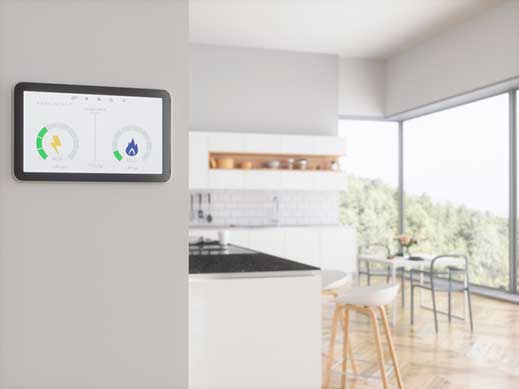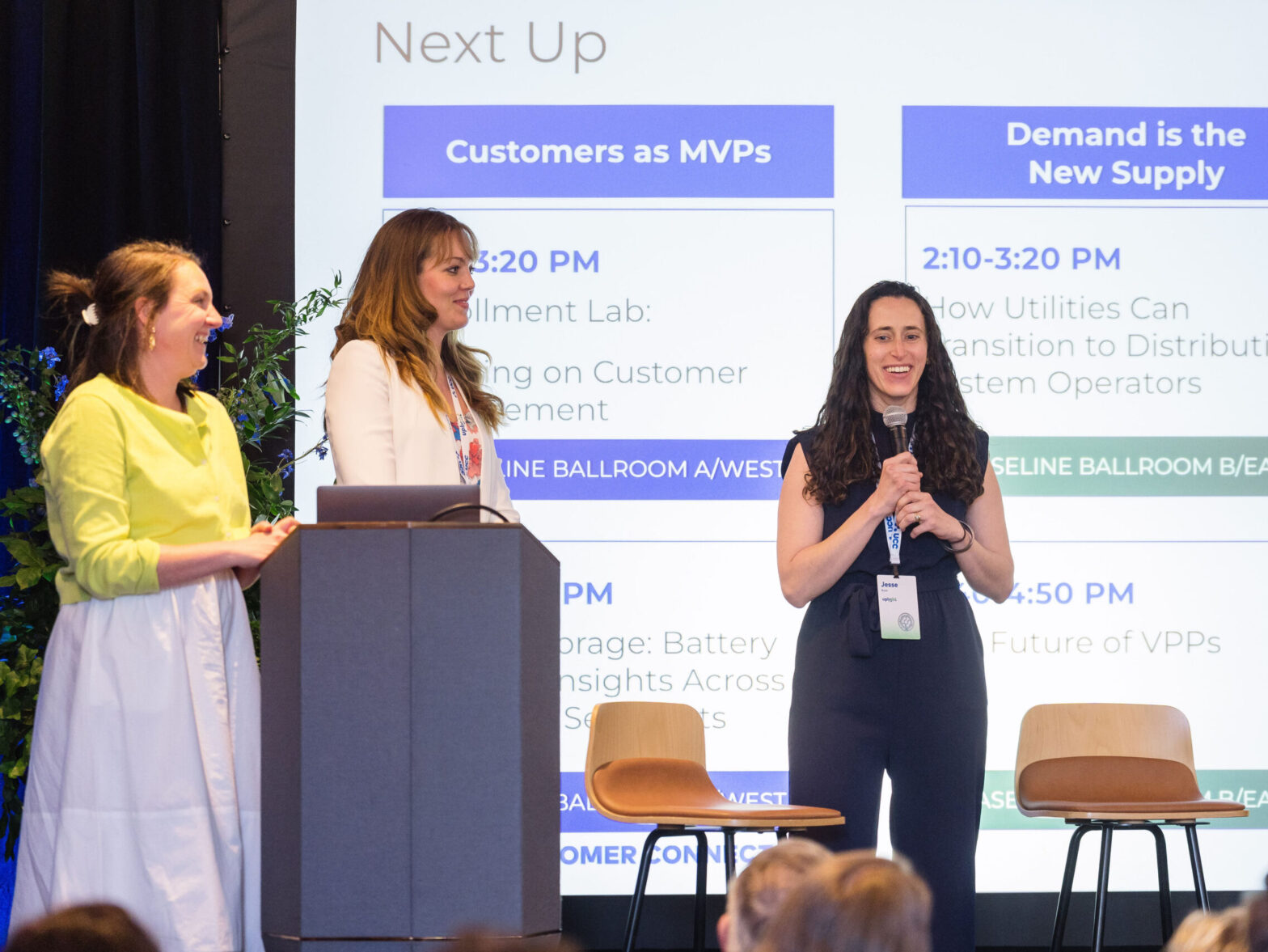These days, everything is smart. Smart phones. Smart watches. Smart speakers. Smart meters. It’s Lake Wobegon… gone smarter!
Smart is in. Dumb is (so) out.
Speaking of, utilities have jumped on the smart train too. Enter the smart meter.
In short, smart meters are modern devices that record our energy usage at shorter intervals (15, 30 or 60 minutes) and then wirelessly transmit this data back to utilities. End result? Users can see a more detailed snapshot of when and how much energy they use from hour to hour, day to day like this one:
This usage snapshot answers the When and How Much. Knowing all of this is great…But what do we do with all of it? How do we use it? And here’s the super mega big question underneath it all: What do people really want from their smart meters?
We know. Uplight ran a series of user research studies to understand how, when, and why people engage with their smart meter. Turns out, it’s pretty straightforward. People want just 3 simple things…
Thing #1: Reassurance
What we’d love to hear: Your energy usage is normal this month. No surprises here. You’re on track.
Here’s what we’re really asking: Is my usage “normal” – that is, within an expected range? Seasons change, and life happens. We expect our usage to change with the times (yep, higher cooling costs in the summer) and with the household (remember, kids home from college). Ultimately, we want to be reassured that our smart meter data reflects what we already know to be true.
So if all checks out, we conclude that our energy usage is normal. We feel reassured. For some folks, the journey may end here.
For others, the journey continues. Which brings us to Thing #2…
Thing #2: Transparency
But what if our usage is not normal? Now you’ve got our attention.
First, “not normal” can mean two things: Higher than usual. Or lower than usual.
If it’s the latter, we’re pretty much satisfied. We see no need to call the utility or vent on social media. And if we’ve in fact taken some energy-saving actions to reduce our usage, we feel rewarded for our efforts. Empowered, even. We’re masters of our domains and in control of our destinies. (Feels good, right? This is operant conditioning at work. Learn more in an upcoming blog post!)
But if it’s the former, we’re on high alert. Now we want to know everything. The When, the How Much, and the Why. We want complete and total transparency.
And we’re in luck, because this is precisely what smart meters serve up hour after hour. A dynamic portrait of our energy habits. Notice that the 7-10 PM usage spike coincides with charging your electric vehicle? And how the early morning 4-5 AM blip reflects your thermostat pre-cooling your house? What’s more, smart meters can make everything else smarter. Take high usage alerts, for example. These alerts contain timely, relevant insights, like how much this extra usage could cost us as well as why our bill is “not normal” (due to weather, rate changes, and/or other factors).
Want to build a culture of candor? This is one important step in that direction.
Thing #3: Trust
Now that we understand the What, When, How Much, and Why, we want to know: What can I do about it? What actions can I take to lower my energy bill? (And don’t tell us to turn off the lights… again. We know this. We’ve done this. And truth be told, we can’t tell if we’ve saved much at all.)
What we really want: Smart guidance on what works for us. We’re not like our neighbors. We have an electric vehicle that needs charging every night. We work from home sporadically. We occasionally care for grandparents with special health needs. We’re just… Us. Give us relevant, actionable tips that help us lower our energy bill. We want to trust that what you tell us can actually impact our energy costs. (And we want to be able to see the proof in the pudding.)
So, what do we really want from our smart meters? What many of us want from a close friend. (Or therapist!)
We want reassurance. (Ideally: Yes, your usage is normal this month.)
Transparency. (Your higher evening usage added $35 or more to your next bill.)
Trust. (We got you. Sign up for our Time-of-Use program to get the best rates on charging your electric vehicle.)
And… don’t judge us, please!
Credits: Uplight UX team – in particular, Josh Caldwell, Alex Ebelhar, and former team member, Sarah Babetski




